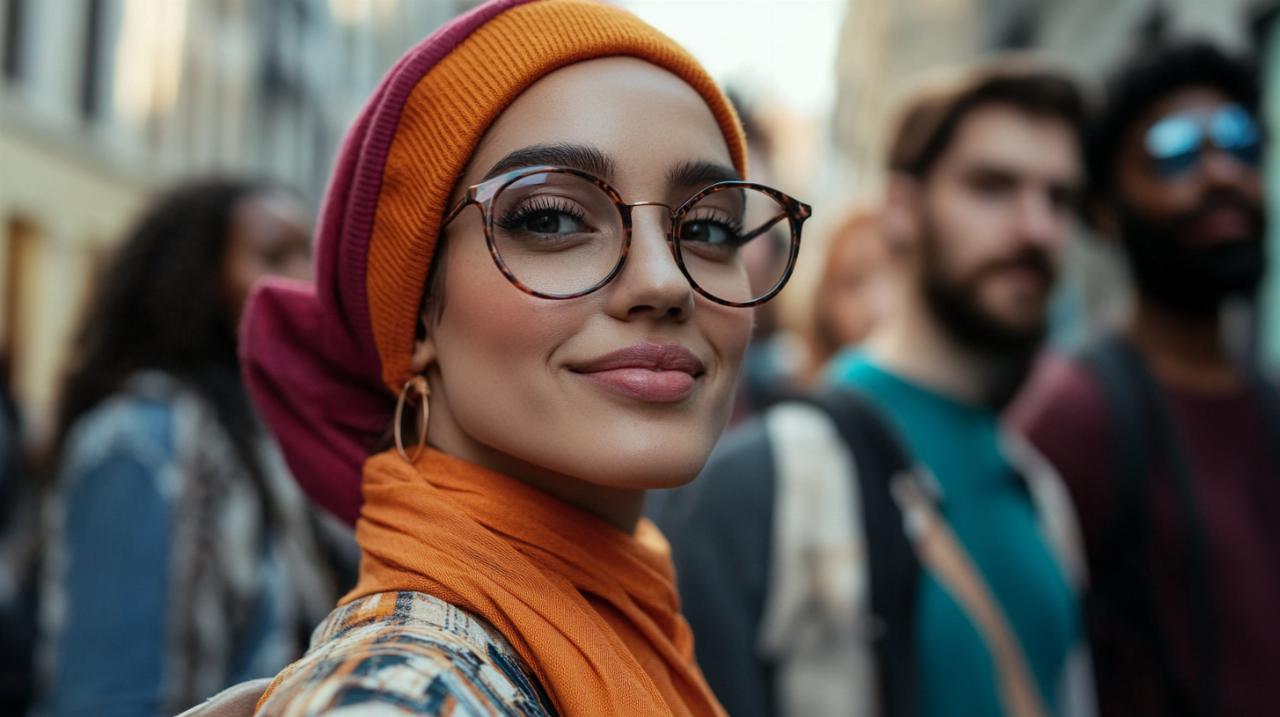In an era where screens mediate much of our interaction, the art of reading unspoken cues has become both more elusive and more essential. From the crowded Tube carriages to bustling office corridors, the subtle dance of gestures, glances, and postures speaks volumes about the values and priorities shaping our daily existence. By examining how individuals convey meaning without uttering a single word, we gain profound insight into the cultural currents that define contemporary Britain.
Decoding body language in contemporary british society
The way people position themselves in public spaces reveals much about the unwritten rules governing social conduct. In urban environments, where personal space is often at a premium, the manner in which strangers navigate proximity has evolved considerably. Commuters on the London Underground, for instance, have developed an intricate system of non-verbal signals to communicate boundaries and respect. A slight angling of the shoulders, the deliberate avoidance of eye contact, or the strategic placement of a bag all serve as quiet assertions of personal territory. These gestures are not merely reactive but reflect deeper anxieties and modern lifestyle trends and influences, particularly the heightened emphasis on individual autonomy amid dense populations.
The Evolution of Personal Space and Gestures in Urban Settings
As cities become increasingly congested, the physical distance people maintain from one another has become a subject of subtle negotiation. What once might have been considered an acceptable gap between individuals in a queue or on a pavement has narrowed, prompting new forms of nonverbal etiquette. The shift is partly driven by practical necessity, but it also mirrors changing attitudes towards community and privacy. Younger generations, raised in an age of constant connectivity, often exhibit a different tolerance for proximity compared to their predecessors. This generational contrast is visible in how people stand at bus stops, navigate crowded markets, or interact in leisure spaces such as festivals and craft markets across Europe, where the blending of cultures introduces diverse expectations about personal boundaries.
Professional environments and non-verbal etiquette expectations
Within the workplace, the language of the body carries significant weight in shaping perceptions of competence, confidence, and collegiality. The adoption of open-plan offices has intensified the scrutiny of posture and movement, as colleagues are constantly within visual range of one another. Standing tall with shoulders back, a hallmark of pride according to research into emotion families, signals self-assurance and readiness to engage. Conversely, hunched shoulders or averted gazes may inadvertently communicate disengagement or insecurity, regardless of actual ability. Handshakes remain a cornerstone of professional interaction, with firmness and duration conveying respect and gratitude in business contexts. The evolution of these norms is influenced by global corporate culture, yet British workplaces retain a distinct character, where understatement and restraint often temper overt displays of enthusiasm or ambition.
Facial Expressions as Windows into Modern Cultural Shifts
The human face is an extraordinary canvas, capable of broadcasting a vast array of emotions without a single syllable spoken. In contemporary society, the interpretation of facial expressions has become more complex, shaped by the dual forces of digital communication and the relentless pace of everyday life. Smiles, for example, are universally recognised as markers of contentment or pleasure, yet their deployment has become increasingly strategic. In service industries, a smile is often a professional requirement, its authenticity sometimes difficult to discern. Research into spontaneous emotions suggests that genuine smiles involve not only the mouth but also the eyes, with a softening of the gaze that cannot be easily replicated through conscious effort. This distinction matters in a world where people are acutely attuned to the difference between performative kindness and heartfelt warmth.

The Impact of Digital Communication on Face-to-Face Interactions
The rise of messaging apps, video calls, and social media has fundamentally altered how individuals engage in face-to-face conversation. The absence of visual cues in text-based exchanges has led to a heightened awareness of non-verbal signals when people do meet in person. Paradoxically, this awareness does not always translate into improved communication. The habit of scanning a screen for emojis or reaction icons can diminish attention to the nuanced expressions of someone seated across a café table. Wide eyes and raised eyebrows, which signal awe or surprise, may go unnoticed if one party is distracted by their device. Similarly, the subtle inhale that accompanies a moment of wonder, or the sigh that conveys relief, risks being overlooked in conversations that are rushed or fragmented. The challenge, then, is to reclaim the richness of multimodal expression, where facial movements, vocal tones, and body language combine to create a fuller picture of emotional truth.
Reading emotional authenticity in today’s fast-paced lifestyle
In a culture that prizes efficiency and productivity, the ability to quickly assess the emotional state of others has become a valuable skill. Whether in the context of a brisk negotiation, a fleeting encounter at a networking event, or even the planning of a birthday party where hosts gauge the mood of their guests, the capacity to read unspoken feelings shapes outcomes. Research into prosocial emotions highlights the role of touch in conveying compassion and love, with a gentle stroke or a warm hug often communicating more than words ever could. Yet the fast pace of modern life can make such gestures feel like luxuries, reserved for intimate settings rather than integrated into everyday interactions. The result is a potential disconnect, where people crave deeper connection but struggle to find the time or space to express it. Meanwhile, the performance of emotion, whether through the carefully curated images of influencers like Lana Del Rey or the strategic branding of content creators such as Coline, adds another layer of complexity, blurring the line between authentic feeling and manufactured persona.






